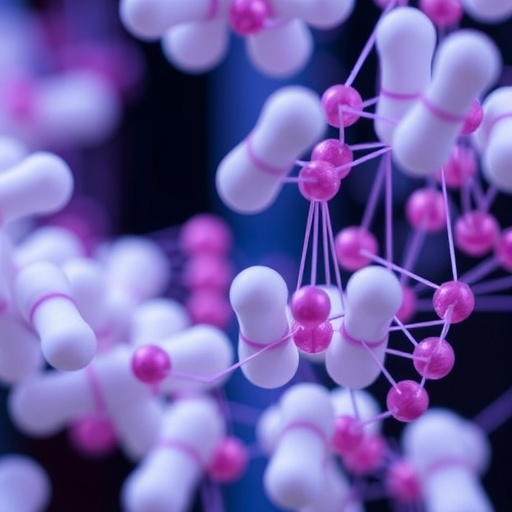Our brain's changing structure, not simply getting older and wiser, most affects our attitudes to risk, according to new research.
The University of Sydney's Dr Agnieszka Tymula has for years been studying the factors that influence human decision-making. Until now, researchers could not say whether our tendency to make fewer risky decisions as we age was due to the wisdom of growing older, or our brain structures.
Published in Nature Communications this week, Dr Tymula and her co-authors from New York University, Yale University, University College London and Trinity College show risk aversion is better explained by changes in grey matter volume in an area in the brain's right posterior parietal cortex, rather than by age itself.
"We know that as people age, they tend to become more averse to taking risks," said Dr Tymula. "Yet, it seems there is something to the saying that everybody ages at a different pace. Our research suggests the speed at which our brain's structure changes has a greater impact on our tolerance of risk than chronological age."
In an experiment, the researchers asked more than 50 adults aged 18 to 88 to make choices between a guaranteed gain of $5 or ambiguous and risky lotteries with a payout of up to $120. Older participants preferred the guaranteed option, compared to younger participants.
Surprisingly, when researchers put these data into a model to determine what best predicted this change in preference, they found it was primarily driven by the neuronal density – the thickness and thinness of grey matter – in this brain region, rather than by age.
The results are published on December 14 in the high-impact journal, Nature Communications.
"Globally, we are experiencing an unprecedented demographic shift with people over 60 expected to outnumber children in only 30 years. Understanding how such a shift will affect decisions made in our societies on a political and economic level will be hugely important," said Dr Tymula.
"When we choose our life partners, make a bet with a colleague, invest in a stock or vote in presidential elections, we cannot predict with certainty how these decisions will affect us and others. Understanding the brain's structure can help us predict how our own and others' decisions will change as our brain ages."
###
The paper, Neuroanatomy Accounts for Age-Related Changes in Risk Preferences, will be available online in Nature Communications from 14 December 2016 Sydney 3am (AET) / 13 December 2016 London 4pm (GMT) at this link.
Media Contact
Luke O'Neill
[email protected]
61-481-012-600
@SydneyUni_Media
http://www.usyd.edu.au/
############
Story Source: Materials provided by Scienmag




